When I finished my dissertation in 2010 about the 2008 United States Presidential Campaign, my first chapter traced the history of technology through Presidential Campaigns to show the dialogical interaction between candidate and electorate. But, when new technology becomes popular in a campaign the same technology becomes a significant part of the White House. Today, I feel as if I need to update the chapter in my dissertation to include Twitter. Here’s a look at the history of technology slowly influencing politics. Adopting new technology into the White House always starts with the Presidential Campaign…
- George Washington “stood” for election 224 years ago. He didn’t interact with the electorate because he did not want any American citizen to believe he wanted to be king. During Washington’s time, he also sent letters to Congress as a means to update them about the State of the Union. That’s right, there was never a social media “meet up” during the first State of the Union.
- Of course the Presidential race between Thomas Jefferson and John Adams was tumultuous to say the least. The newspaper helped fuel the first negative campaign in history. The newspaper also helped hone public opinion and to allow citizens to read about politics. Jefferson acknowledged that the negative campaign the press wrote about was a sign that Americans were free to express their opinions–a freedom that was new to American citizens.
- Abraham Lincoln: During his time as president in the 1860s the Industrial Revolution was booming. Higher literacy rates created more readers, which in turn created a more informed electorate. Lincoln reached out to the electorate by telegraph. The telegraph allowed him to communicate during the Civil War as well as create a precedence on using new technology as Commander-in-Chief.
- President William McKinley used to stage events on his front porch. President McKinley was the first president to be featured on film. The moving pictures created a strong connection between citizen and the U.S. President. McKinley’s campaign manager Marcus Hanna had a knack for creating an atmosphere where the press sought them out. To the public McKinley’s speeches sounded extemporaneous but really, all of his speeches were mass distributed by messenger so the press would always have a copy to print ASAP.
- Then in 1928 the radio became a staple during Herbert Hoover and opponent Al Smith’s campaign. Just like today, a new technology as innovative as radio, one had to find their “voice.” Smith didn’t like to keep to a script and would move around and miss speaking into the microphone. Herbert Hoover, not known as a dynamic speaker, spoke into the microphone, which meant his message was heard.
- Of course Franklin D. Roosevelt taught every set the precedence of how radio was used in the White House. He created fireside chats where it felt as if he was chatting with Americans in their living rooms. He knew how to discuss issues with the constituents who would then persuade their Congressmen to vote the way FDR would like them to. Citizens felt as if they were a part of political process.
- After FDR’s death Harry Truman traveled across America by train. His campaign was labeled “The Whistle-Stop Campaign.” He was one of the first presidential candidates to go out on the road and meet his electorate. He used the train and radio to help spread his message and to interact with citizens. The one thing historians said President Truman showed was that there was nothing more important than human interaction.
- Fast forward to 1952 during Dwight D. Eisenhower and Richard Nixon campaign. Eisenhower aired the first television campaign advertisement. The advertisement showed Eisenhower having a conversation with what seemed to be an average American citizen. Here’s one of Eisenhower’s early campaign ads.
During Eisenhower’s second term election, Eisenhower used television to show he was healthy enough to serve a second term. The campaign showed Eisenhower’s 65th birthday on televison.
- Television from Eisenhower and to present day has dominated how the White House has reached American citizens. John F. Kennedy and opponent Richard Nixon aired the first presidential debate. Nixon could not compete with Kennedy’s good looks. But, if you asked who won the debate the audience who watched on television said Kennedy. The audience who listened on the radio said Nixon won the debate. The difference in technology and perception while using that technology matters.
- The Internet: The 1992 campaign between Bill Clinton and George Bush used email for the first time to reach the electorate. Senator John McCain was the first presidential candidate to raise over $1 million in 2000. Then Howard Dean, during the 2004 election, raised over $40 million online. After Howard Dean’s Internet success–political communication has never been the same.
- In 2008 President Barack Obama embraced emerging media and used technology to interact and identify with the electorate. This mindset has not changed during his presidency, but has flourished by using every facet of technology to reach citizens.
Twitter and The Presidency
Yesterday, The White House announced that the Twitter account @POTUS was created. Yes, an official Twitter account for the President of the United States. This is important because:
1. It’s the first time a President has had his own social media account while in office. Yes, he’s had accounts before, but this is his Twitter account where he is not occasionally dropping in on the conversation.
2. President Obama has instant access to bypass any mass media. The President of the United States has access to his own account and can control his own message. (I’m sure staff members will still post for him, but overall, this is his own account in his own voice.)
3. Tweet @POTUS and you never know–he may favorite your tweet, respond, or retweet you. Engagement between the highest held office in America and the American citizen has never been richer. And remember, @POTUS will not be used by President Obama for much longer. A new Twitter resident will hold this account in the future. He is just the first one to set the precedence to create less distance between the Presidency and citizen.
Overall, Twitter in the White House creates opportunities for a dialogical interaction with the plethora of Twitter voices. As Mikhail Bakhtin said in The Dialogic Imagination explains:
In all areas of life and ideological activity, our speech is filled to overflowing with other people’s words, which are transmitted with highly varied degree of accuracy and impartiality. The more intensive, differentiated and highly developed the social life of a speaking collective, the greater is the importance attaching, among other possible subjects of talk, to another’s word, another’s utterance, since another’s word will be the subject of passionate communication, an object of interpretation, discussion, evaluation, rebuttal, support, further development and so on. (337)
Yes, the greater the collective voice that Twitter allows creates a more intense and passionate conversation. And as the conversation revolves around #socialcivics at the White House with Jason Goldman’s call for action, social media and public engagement will further continue to grow to where administrations in the future will have to embrace technology to create a dialogical interactive social media presence. If not… then not only will the electorate suffer, but so will the politicians who don’t embrace the power of technology and the voice it provides. We may not always agree, but conversation and communication are good even if social media is sometimes messy and noisy.
Twitter might be explained best by Bakhtin when he described dialogism in The Dialogic Imagination. A tweet could be considered “a part of a greater whole–there is a constant interaction between meanings, all of which have the potential of conditioning others.” (426). The retweet, the reply, the quote– Twitter is a rich and diverse conversation. The greater whole for The White House, POTUS and any politician is to keep the potential alive with open dialogue.
And, plus, Twitter allows you to also eavesdrop and enjoy banter between a current President and a former President:

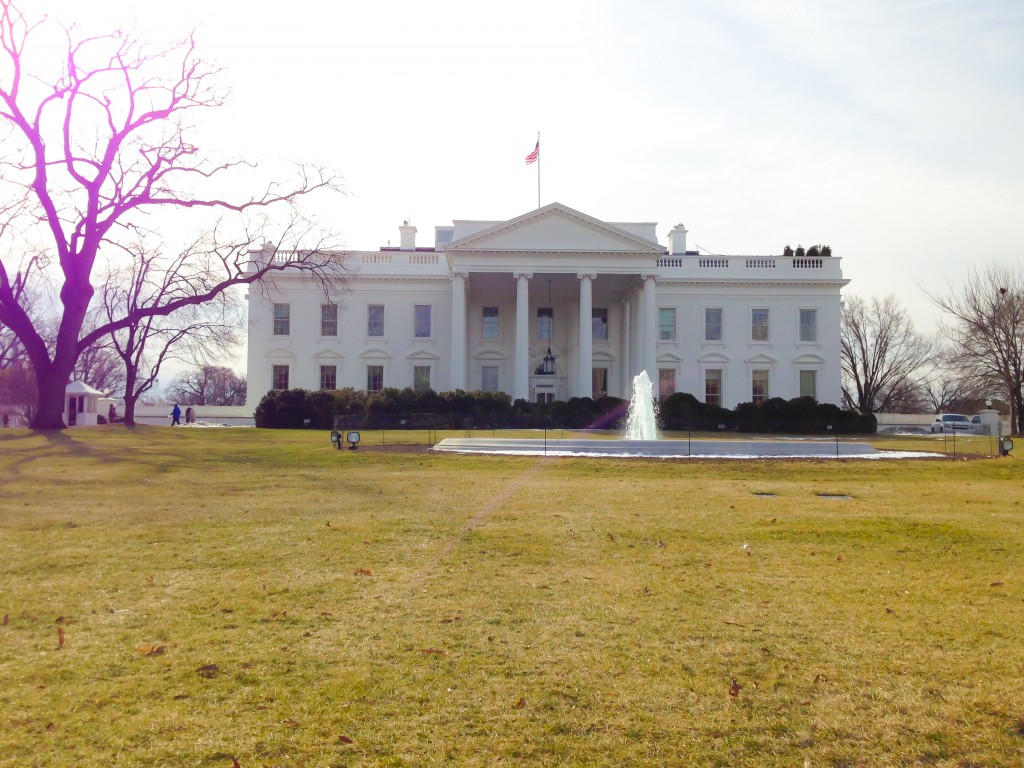
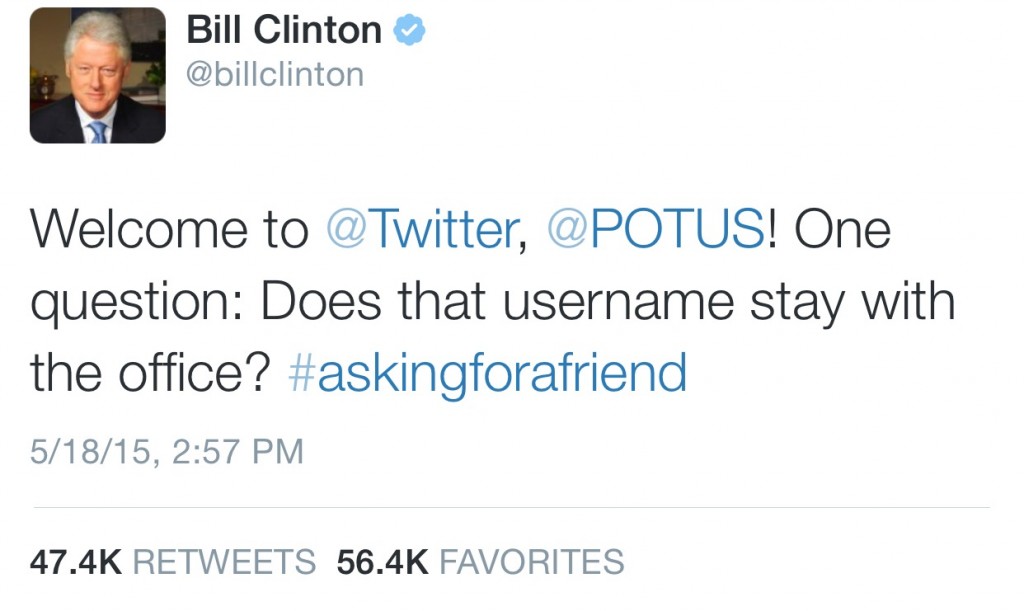
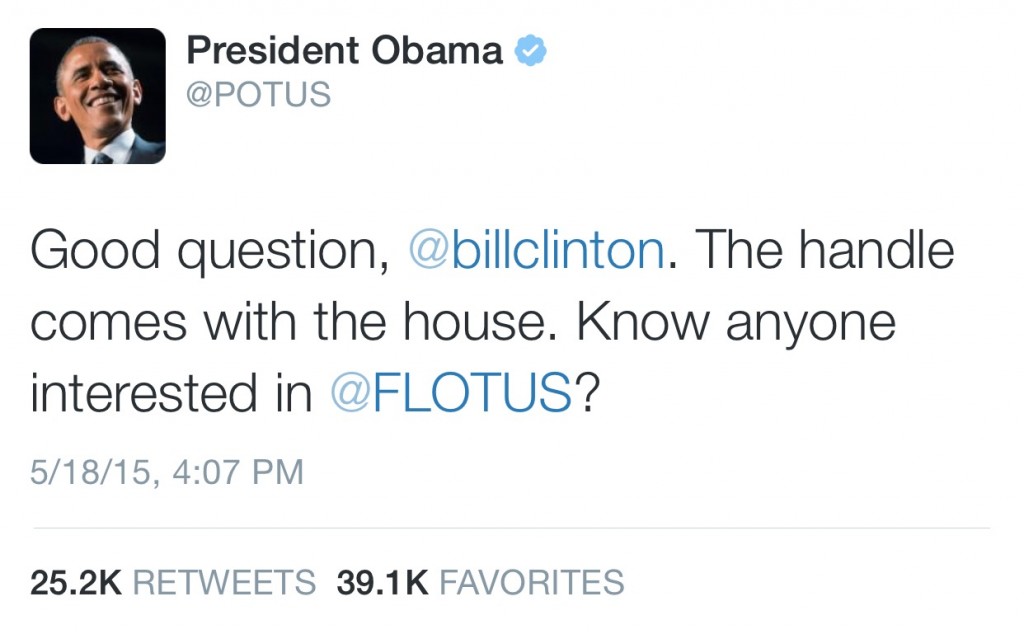

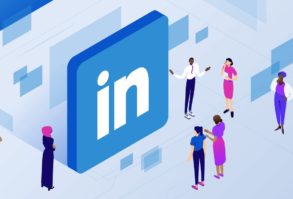
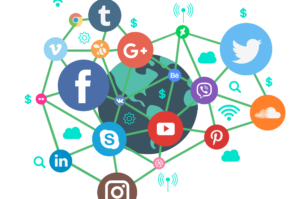
2 comments On Technology in The White House: From the Telegraph to Twitter
I learned so much from your amazing post. I wish I could take one of your classes. I’m looking forward to your book.
Thank you. The book is intimidating… but I will try to submit my book proposal soon.